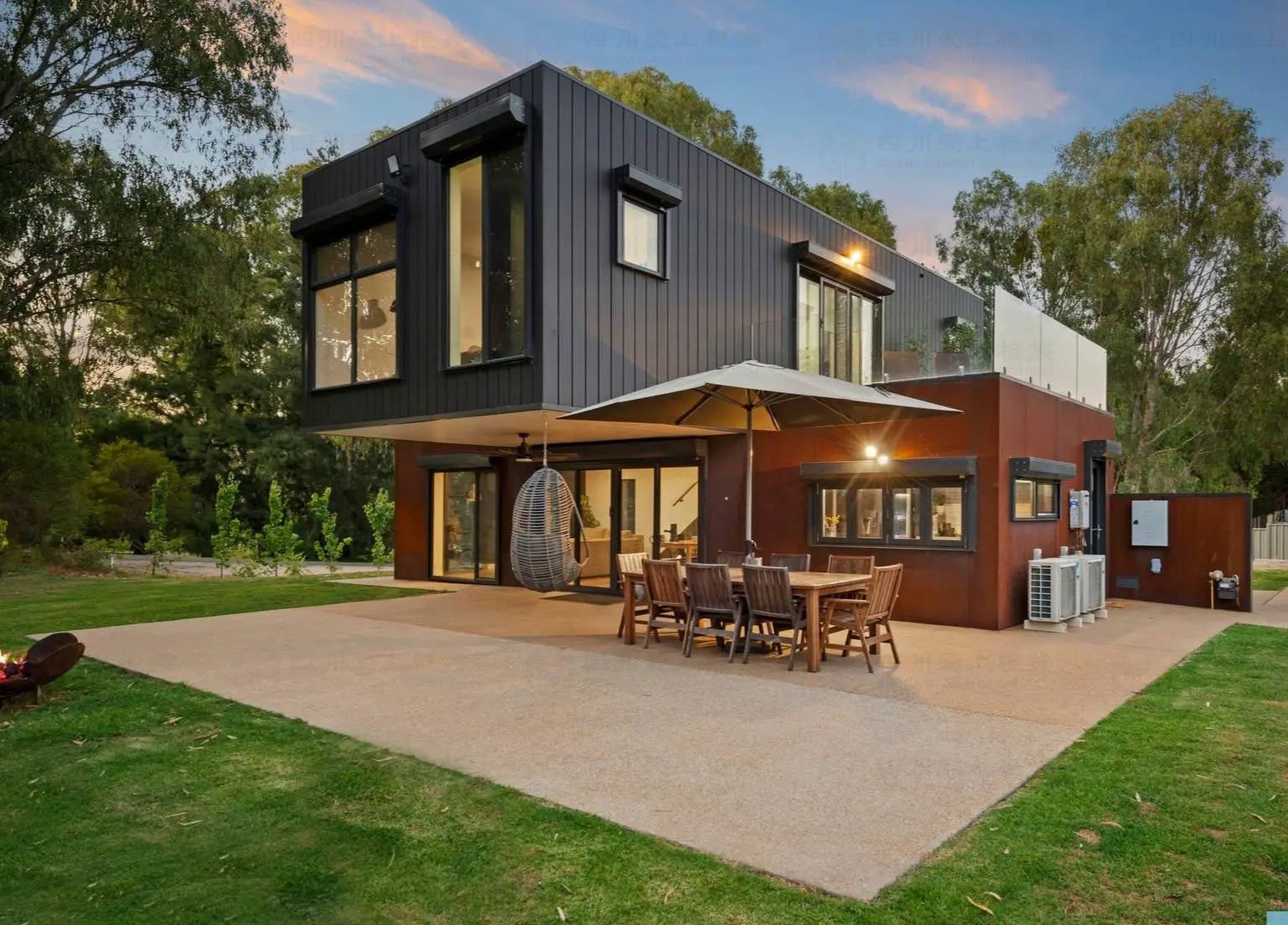
Shortcomings of Container Houses
Even with some insulation measures taken, such as installing insulation materials, there is still a certain gap in insulation effectiveness compared to traditional buildings. For example, during high temperatures in summer, the container room may be stuffy and require more energy to cool down; In cold regions during winter, indoor temperatures may be lower and more heating equipment is needed to maintain a comfortable temperature.
For some places with high temperature requirements, such as hospitals, nursing homes, etc., the insulation performance of container houses may not meet the needs.

Due to the metal structure and relatively thin walls of the container, the sound insulation effect is not as good as traditional buildings. External noise is easily transmitted indoors, affecting the rest and work of residents. For example, in areas close to noise sources such as roads and factories, the noise inside container houses may be relatively loud, causing inconvenience to residents.
In some places that require a quiet environment, such as schools, libraries, etc., the sound insulation problem of container houses may be more prominent.
The size of a standard container is fixed, and although space can be expanded through splicing, combination, and other methods, it may not be able to meet specific space requirements in some special situations. For example, for some large commercial venues, exhibition venues, etc., the space of container houses may appear cramped.
Due to size limitations, the internal layout of container houses is relatively fixed, making it difficult to carry out large-scale renovations and adjustments. For some users who have special requirements for spatial layout, they may feel that it is not flexible enough.
